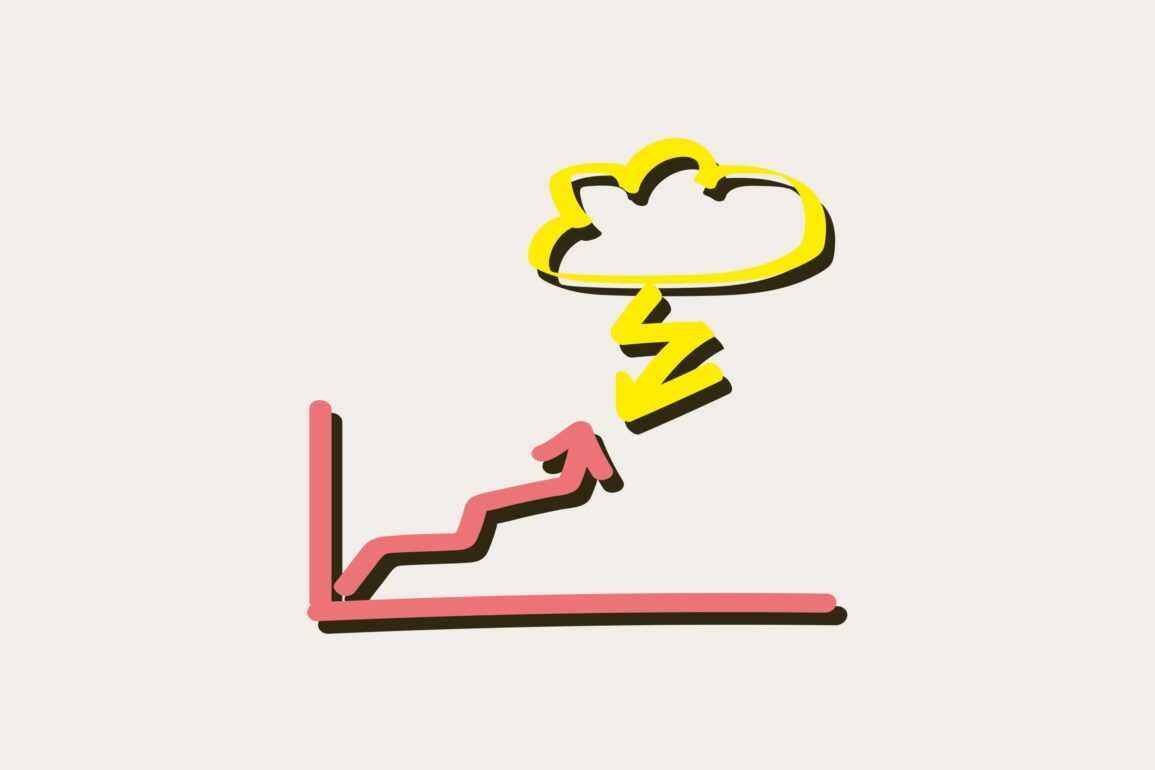In the medium term, the Russian economy could be catapulted back into the 1990s as a result of economic sanctions imposed by the West. The effects of this recession on global economic growth are manageable. Russia’s share of global gross domestic product (GDP) is only 3%. The damage comes more from the disruption to the commodity markets. In addition to oil, gas and coal, Russia is also an important supplier of metals for the semiconductor and automotive industries and the most important producer of fertiliser and wheat. Since Ukraine is also a major wheat exporter, the price of staple foodstuffs is exploding.
A new oil crisis?
In many developing countries that depend on wheat imports, there is a risk of famine and political unrest. Western economies are less reliant on these imports and food generally accounts for a smaller proportion of living costs. The main concern here is energy prices and disruptions to supply chains due to a shortage of critical metals. Even before the Russian invasion, inflation in the US had reached its highest point in 40 years, at 7.5%. The crisis in Ukraine evokes memories of the oil crisis of the 1970s.
Increased energy efficiency
Fortunately, today’s oil price crisis is not quite so pronounced. The rise in prices since their lowest point in 2020 is indeed comparable with the 1970s, but the price per barrel of USD 20 at the height of the COVID-19 pandemic did not represent long-term equilibrium. In addition, global energy dependence is considerably lower today, thanks to improvements in efficiency and the move towards a service economy. And in 1973 about one barrel of oil was needed to generate USD 1,000 of GDP at today’s prices. Today, as a global average, only 0.4 of a barrel is required and in the US only 0.3. Thanks to fracking, the US is now the biggest oil and gas producer in the world and is almost self-sufficient.
Energy makes up only 7.5% of the basket of goods used to measure consumer prices in the US. Despite this, long-term inflation expectations show a striking correlation with the oil price and have risen further since Russia’s invasion. The expected hike in prices puts pressure on consumer confidence, particularly if wages do not rise to compensate, as it means households have to tighten their belts. The Federal Reserve is faced with the difficult task of containing inflation with a carefully controlled economic slowdown to avoid triggering a recession. This kind of soft landing is perfectly possible. In the US, precisely because of the tight labour market, rising wages are the most significant driver of inflation, which should stabilise consumer behaviour. However, with the war in Ukraine the risk of recession has greatly increased – even more so in Europe than in the US.
End of the peace dividend
The long-term consequences of the war in Ukraine go beyond the risks of inflation and recession. Following the end of the Cold War, western national budgets were relieved of a huge strain due to their decreasing military expenditure. Other use of these funds enabled an increased social gain in prosperity – a phenomenon referred to as a ‘peace dividend’. The conflict in Ukraine means this may be about to change. Regardless of how Europe and the US react to the crisis in the short term, in the long term they will have to invest more in defence at the expense of social priorities. Germany has announced its intention to increase military spending from 1.4% to more than 2% of its GDP. In addition, particularly in Europe, investment in renewable energies must be speeded up in order to reduce independence on Russian gas.
The conflict has strengthened military alliances such as NATO and economic blocs such as that between the US and EU and between China and Russia, accelerating deglobalisation.
Rising demand for capital
Over the past few decades, demographic developments in industrial countries have led to higher savings rates and increasing digitalisation to a lower demand for capital, leading to a steady reduction in real interest rates; i.e. nominal interest rates less inflation. Due to increased investment in armaments and renewable energy, the demand for capital is now rising once again. Deglobalisation has also affected capital investments within national borders. Although technological progress can absorb some of the demand for capital, it cannot compensate entirely. As soon as inflation figures have peaked, real interest rates are likely to rise. This is crucial for the valuation of shares, as it forms the basis of discounting of future profits. For investors, the adjustment process to a higher natural real rate results in lower yields and greater uncertainty. However, when the new equilibrium has been reached, higher yields can be expected for stocks and bonds alike, as the provision of capital must be compensated accordingly due to the higher demand for capital.
In the meantime, investors should build sufficient reserves into their portfolios in order to stay abreast of the challenging climate. When selecting stocks, investors should focus on sensibly valued, high quality companies that thanks to high margins can cope with both inflation and an economic slowdown.


